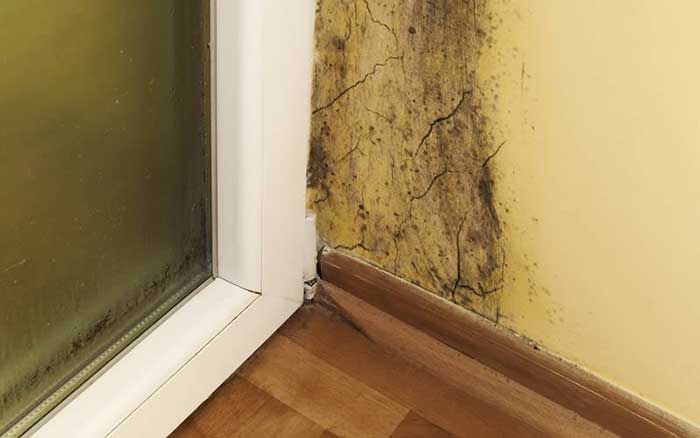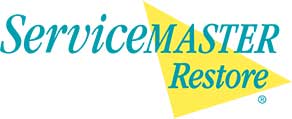For most home and business owners in Ponte Vedra, FL, the instinctive reaction to seeing mold is to recoil in dismay. These fungi thrive in environments that provide food, moisture, and warmer temperatures. Unfortunately, that includes our homes and businesses.

Indoor molds are grouped into three categories:
- Hazard Class A: Fungi that pose a high health risk. When these spores are present, experts recommend immediate mold remediation.
- Hazard Class B: Spores that cause allergic reactions to occupants
- Hazard Class C: Fungi that aren’t hazardous to health but could be damaging to structures or furnishings
Here are the three most common types of mold found in homes and businesses.
Aspergillus Mold
Aspergillus falls into Hazard Class A and demands immediate attention. While some strains are either harmless or cause only mild reactions in healthy adults, Aspergillus can be a high health risk to others. Depending on the strain, it is yellow-green, blue-green, or black. You’ll find it in these areas:
- Flowerpots
- Kitchens and bathrooms
- Mattresses
- Carpets
- Air conditioners
- Ventilation systems
Cladosporium Mold
Cladosporium spores fall into Hazard Class B or C. It ranges in color from black to brown to dark green. It is frequently found in ventilation systems but also the following areas:
- Kitchens and bathrooms
- Wallpaper
- Window frames
- Fiberglass air ducts
Stachybotrys Atra (Black Mold)
Black mold is a toxic fungus that belongs in Hazard Class A. It needs a lot of moisture to grow and is linked to sick building syndrome. Black mold can spread quickly and might have an odor. It frequently lives in these areas:
- Wallpaper
- Drywall
- Basements and cellars
Because it’s difficult to tell what kind of mold it is just by looking, it’s essential that you treat any fungi seriously. If you suspect you have a problem with mold in your home or business, check out our mold remediation services or give us a call today.
